Lift stations (sometimes called “pump stations”) are an essential part of modern civilization that many people simply aren’t aware of. Many people give little to no thought about how the water enters or leaves their home or office — yet there is a surprising amount of engineering (and hundreds of years of history) that goes into moving your water from one place to another. This introductory article shines a light on one of the most important — and, unfortunately, most overlooked — aspects of the modern sewer system: the lift station.
A Little Bit Of History
During the 1800s, people realized that poor sanitary conditions caused diseases. Having sewer systems that could control human waste became a priority to lawmakers, medical experts, inventors, and the general public. The earliest sewer systems were designed to carry street runoff (comprised mostly of animal waste from horse-drawn carts and carriages as well as human waste from chamber pots being emptied into alleyways) away from inhabited areas and into surface waterways like lakes and rivers. These open sewers were common worldwide before the 20th century and consisted of gutters, channels, trenches, and urban streambeds that ran downhill using gravity. In now-developed countries, large efforts were made during the late 19th and early 20th centuries to cover the formerly open sewers, converting them to closed systems with cast iron and steel (or sometimes concrete pipes, masonry, and arches).
It is important to note that while we have switched to closed piping made from modern materials, the basic principles of sewerage remain the same: after all these years, gravity still plays a key role in helping us get water from one place to another. Today, conventional gravity sewer systems are used to collect waste-water from multiple sources and convey the waste-water by gravity to a central location. Waste-water from each source is conveyed through a building sewer to a collection line that typically runs alongside your road. These collection lines (commonly called “sewer lines”) are typically eight-inch or larger diameter pipes. As the water continues along, the pipe diameters increase with increasing volume of water being transported.
So Why Do We Need Lift Stations?
In a municipal sewage system, pipes are installed with sufficient slope to keep the waste-water and suspended solids moving through the system. This is a very economical way to move the water, as gravity requires no energy (electricity or otherwise) to move the water — it simply runs downhill. If downhill gravity flow is not possible anywhere along the line, lift stations (pumps) are installed at lower elevations of the network in order to pump the sewage up to another gravity line that is higher up. This allows gravity to continue to do the work for us.
Remember, we live in Southwest Florida where digging deep in our wet, sandy ground isn’t really an option. Digging too deep will result in hitting the water table, so If you try to run a sewer line too far down you’ll wind up with a big problem on your hands! This means that when a sloped pipe begins to get too deep, we have to periodically “lift” the water back up to a higher elevation so that gravity can do its work again — and this is where the lift stations come into play. Lift stations play an integral role in our water systems, allowing us to move water around with minimum effort and cost.
So What Exactly Is a Lift Station?
Lift stations are a system of pumps, valves, and electrical equipment necessary to move liquids (usually water, waste-water, or sewage) from low to high elevation. This allows the system to pass over or around obstructions or to accommodate changes in elevation en route to another lift station further on down the line (or to a waste-water treatment facility).
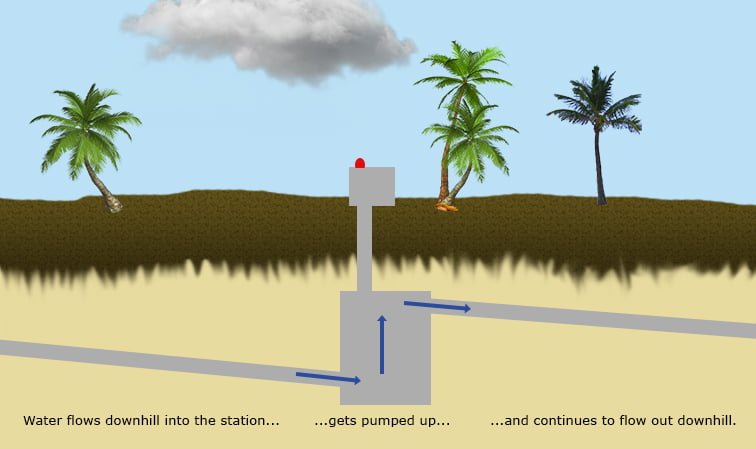
The most important thing to remember about lift stations is that they require regular, routine maintenance. Foregoing lift station maintenance can wind up turning into a very expensive headache later on down the road when pumps or valves fail, causing the lift station to overflow or gases to back up.
In fact, lift stations typically have a red light and a lift station alarm system to alert you to a problem like a failed pump, stuck float or switch, or a blocked line. If the lift station on your property has a light that is flashing (or even worse, an audible alarm going off), you need to call Avis immediately to have your Cape Coral lift station serviced.
Avis prides themselves on having all technicians trained and experienced with working with lift stations. If you are a property owner and need a lift station serviced, please don’t hesitate to call Avis at (239) 542-4421. Don’t let a minor thing like lift station maintenance turn into a costly emergency.

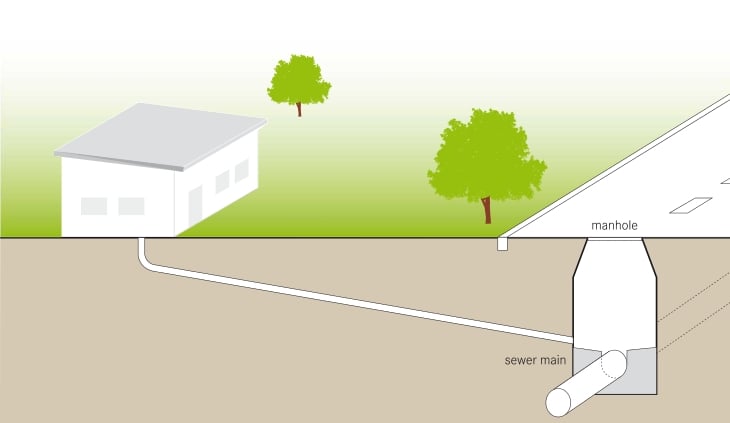
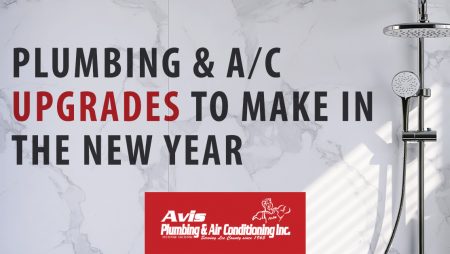
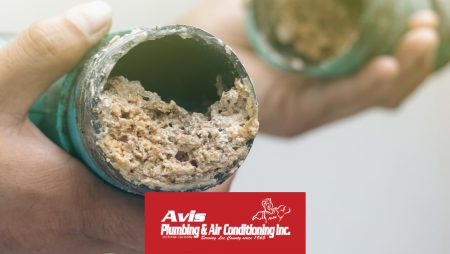
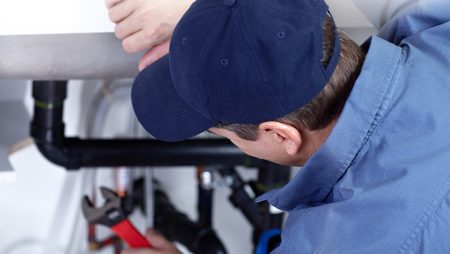


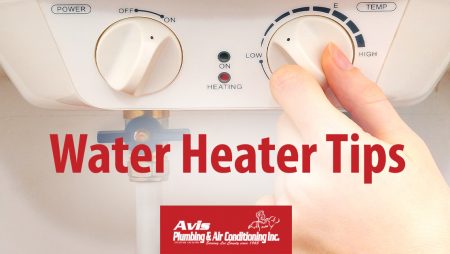
One Response Comment
I didn’t exactly know what a lift station is until I’ve read your article. I like how you elaborated that lift stations are systems of equipment, like pumps and valves that transfer liquid from low to high elevations. I realized that my septic tank is a lift station, and it’s important to keep it clean. Thanks for the advice. I’ll hire someone to clean it as soon as I can.